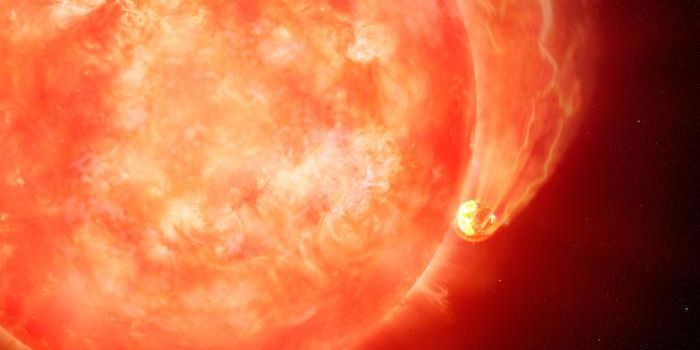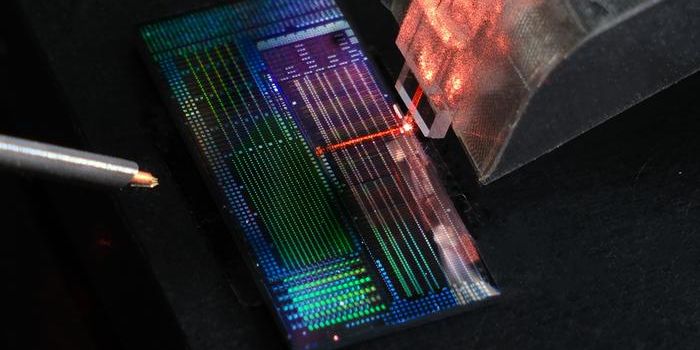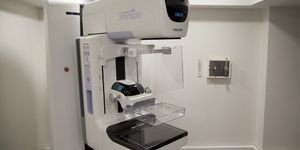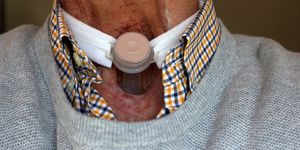New RNA Discovery Tool Accelerates Drug Discovery
Some diseases, such as metastatic breast cancer are known as “undruggable” or best described as unresponsive to treatments. To address this challenge, researchers developed a new tool that focusses on RNA molecules that read genes and help build proteins that can be targeted by therapeutic compounds.
The RNA discovery tool is called Chem-CLIP-Fragment Mapping and published in the article , "A general fragment-based approach to identify and optimize bioactive ligands targeting RNA," with findings reported in the Proceedings of the National Academy of Sciences (PNAS).
"It allows us to tackle very hard molecular recognition problems to enable us to make lead medicines across multiple indications," says Chemist Matthew Disney, PhD, of Scripps Research, Florida. "This opens great potential to redefine what's truly 'undruggable.'”
The tool utilizes a light-sensitive module called a diazirine group that covalently crosslinks to RNA with exposure to UV light.
"The system helped us optimize the fragments to design bioactive complexes with higher selectivity and potency as compared to starting fragments," Blessy Suresh says. "We were able to screen 460 fragment-based probes in just a couple of hours. This screening method can be easily scaled up to a much more high-throughput format."
"This is what Scripps Research is, we develop tools," says Scripps Research Chemist Christopher Parker, PhD. "Our collaborative environment allows us to do this."
Learn more about RNA:
The Chem-CLIP-Frag-Map system will accelerate drug-discovery efforts, “because it reveals multiple opportunities to bind, and hence modify, the RNA targets,” Disney explains. “This helps scientists engineer and optimize potential medicines to bind more tightly, be more specific, and less apt to have off-target side-effects, right from the beginning, saving time.”
"These two things bind cooperatively, and so the whole is better than the parts," Disney says.
"This is a chemical that has a weak magnet-like attraction to other nearby molecules. So when it's placed near disease-associated proteins, or now RNAs, it can thus bind to them, revealing the shape a medicine would need to take to bind to that disease-associated protein or RNA," Disney explains.
"For every protein encoded in human DNA, there are 75 or 80 types of RNA encoded, so this new tool offers great hope for virtually all diseases now deemed 'undruggable,' including triple-negative breast cancer," Disney says.
Source: Science Daily









